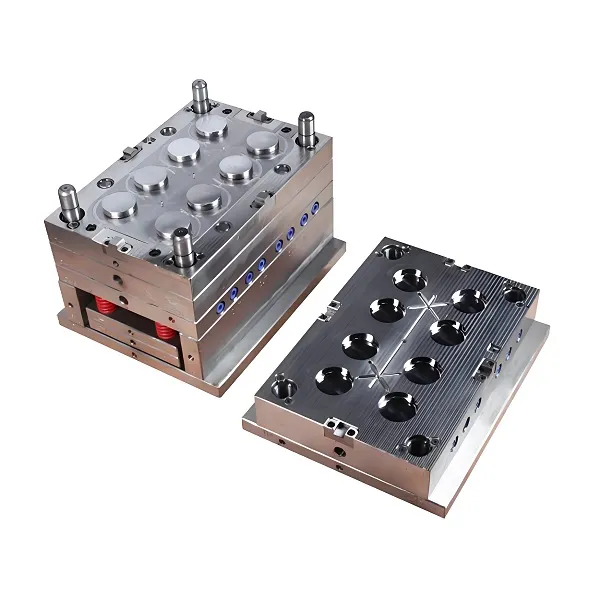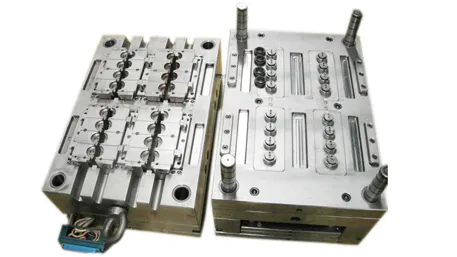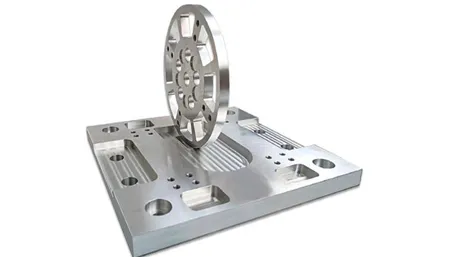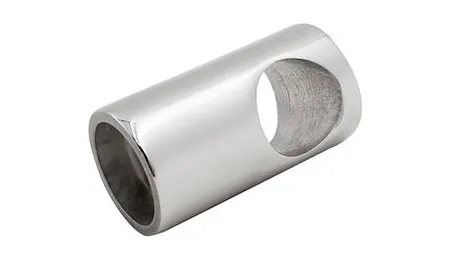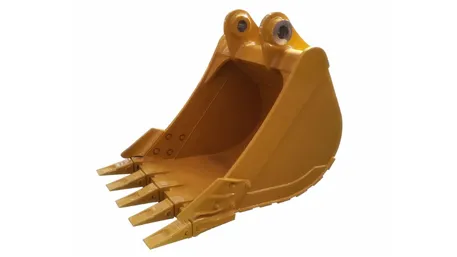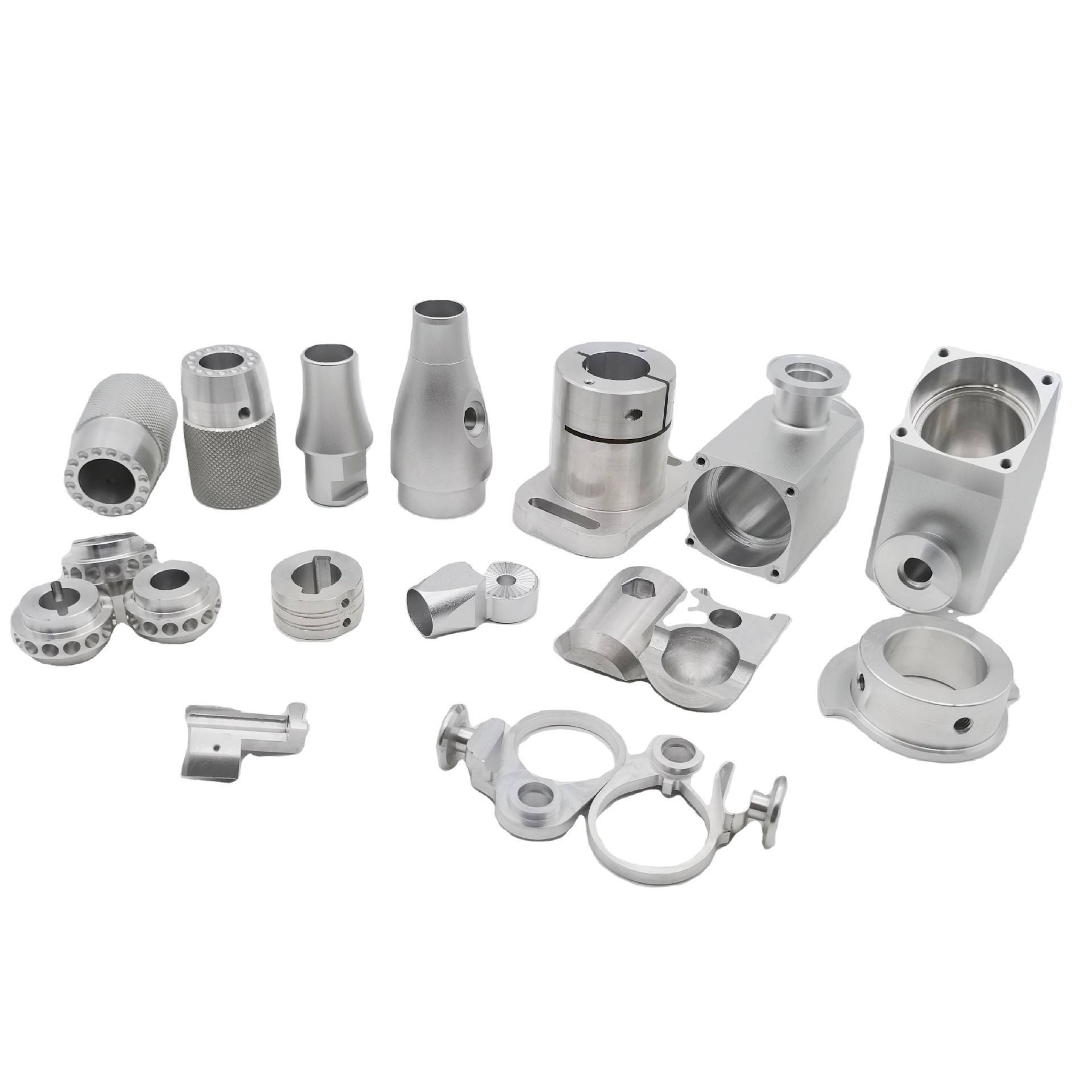In the fields of high-end home decor and industrial art, metal model ornaments have become focal points due to their unique texture and artistic tension. The limitations of traditional casting processes in handling complex structures and intricate details struggle to meet modern demands for personalization and extreme craftsmanship. Custom CNC metal model ornaments, however, leverage data-driven precision manufacturing and deep material exploration to achieve a leap from “mass production” to “one-of-a-kind artistry.” This article dissects how to create metal artworks that blend aesthetic beauty with mechanical precision, covering customization value, core processes, and creative realization.
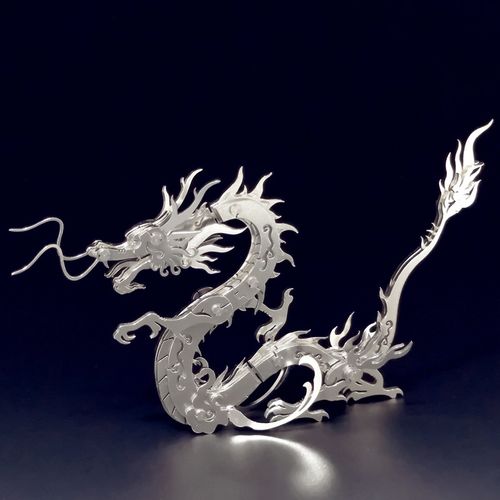
Ⅰ.Why Traditional Craftsmanship Fails to Meet High-End Customization Needs
Q: What Are the Core Advantages of CNC Metal Model Customization?
Traditional casting processes suffer from three significant drawbacks:
Inadequate Detail Representation: Limited by mold precision (tolerance ±0.5mm), complex curves and intricate structures (e.g., hair-like textures, micron-level LOGOs) cannot be fully rendered.
Restricted Material Selection: Common casting alloys (e.g., zinc alloy, aluminum alloy) have low hardness (HB≤120) and are prone to scratches. High-performance materials like stainless steel and titanium alloy are rarely used due to machining challenges.
Lengthy Production Cycles: From mold design to final product takes 15–30 days, failing to accommodate rapid creative iteration.
CNC metal model customization centers on “interpreting art with millimeter-level precision”:
Extreme Detail Reproduction: 5-axis machining achieves ±0.01mm precision, faithfully capturing designers’ intricate visions, such as 0.1mm-thick hollow structures or Ra≤0.4μm mirror finishes.
Material Versatility: Supports stainless steel (304/316L), titanium alloy (TC4), brass (H62), and other metals. For example, stainless steel resists corrosion for 500 hours in salt spray tests, while titanium alloy reduces weight by 40% while maintaining high strength (tensile strength ≥895MPa).
Rapid Turnaround: From 3D model to finished product in just 3–7 days, enabling quick validation and iteration of creative ideas.
Ⅱ.How Core CNC Processes Push Artistic Boundaries
1. 5-Axis Precision Machining
Complex curves and irregular structures require 5-axis machining centers for sub-micron precision:
Dynamic Tool Compensation: Real-time monitoring of tool wear (precision ±0.002mm) automatically adjusts cutting parameters to maintain consistent accuracy.
High-Speed Milling: With spindle speeds up to 24,000rpm and cutting speeds of 3000mm/min, complex surfaces are machined efficiently, achieving surface roughness of Ra≤0.8μm.
Full-Process Integration: One clamping completes turning, milling, drilling, and tapping, eliminating cumulative errors from multiple setups (traditional processes suffer ±0.05mm errors).
2. Artistic Surface Treatments
Micron-Level Polishing: Six polishing stages, from 240# to 2000# sandpaper, achieve a mirror finish with Ra≤0.1μm and 95% reflectivity.
Anodizing Coloring: A 5–15μm oxide layer forms on titanium alloy surfaces, with colors (gold, blue, purple) controlled by voltage (15–120V). The coating hardness reaches HV≥300, enhancing wear resistance fivefold.
PVD Coating: Physical vapor deposition applies thin films (1–3μm) of TiN, WC, etc., with hardness up to HV2000, while adding decorative effects like gold or rose gold.
3. Data-Driven Process Control
CAD/CAM Seamless Integration: Designers’ 3D models (precision ±0.001mm) directly interface with CNC systems, eliminating data conversion errors.
Intelligent Parameter Optimization: AI algorithms auto-match optimal cutting parameters (spindle speed, feed rate) based on material properties (hardness, thermal expansion), boosting efficiency by 40%.
Real-Time Quality Monitoring: Laser scanning detects machining deviations (precision ±0.005mm) for automatic correction, achieving a 99.2% pass rate.
Ⅲ.Creative Realization: From Concept to Physical Art
1. Digital Creative Design
Parametric Modeling: Software like Rhino and SolidWorks creates precise 3D models, supporting complex surfaces (bi-curvature, NURBS curves).
Structural Simulation Analysis: Finite element analysis (FEA) evaluates mechanical performance under load, optimizing wall thickness (minimum 0.8mm) and support structures for strength.
Detail Enhancement: 3D scanning captures real-world textures (bark, fabric) for digital replication, with 0.05mm precision in metal surfaces.
2. Multi-Material Composite Techniques
Metal Inlay Technology: Precious materials like 999+ gold or gemstones (≥1mm diameter) are embedded with ±0.02mm precision, merging luxury with technology.
Dissimilar Metal Welding: Laser welding joins stainless steel and copper alloy with ≤0.2mm welds, achieving 90% base material strength while preserving color contrast.
3. Artistic Post-Processing
Handcrafted Refinement: Artisans manually adjust key details (e.g., facial features, animal fur) at the micron level to enhance artistic expression.
Aging Techniques: Chemical etching and oxidation create natural “patina” effects, with color stability guaranteed for 5+ years.
Ⅳ.Quality Control: Artwork-Grade Standards
1. Multi-Dimensional Inspection
Dimensional Testing: CMM measures key dimensions (tolerance ±0.01mm) and geometric tolerances (concentricity ≤0.005mm).
Surface Quality: Laser confocal microscopy checks surface roughness (precision ±0.001μm) for defects like scratches or pores.
Material Analysis: Spectral analysis verifies composition (e.g., stainless steel Ni≥8%), while hardness tests ensure Ti alloy HV≥300.
2. Durability Validation
Salt Spray Test: 1000 hours in 5% NaCl solution with corrosion rating ≤Grade 2.
Thermal Cycling: -40°C to +85°C for 100 cycles, with dimensional change ≤0.01%.
Vibration Test: 10–2000Hz vibration for 2 hours with no looseness or cracks.
Ⅴ.Why Choose CNC Metal Model Customization?
Unlimited Creative Potential: From industrial machinery to natural landscapes, abstract art to portraiture, CNC technology brings any vision to life.
Museum-Grade Quality: Every detail is controlled at the micron level, with mirror-finish surfaces suitable for timeless collections.
Rapid Customization: 7-day turnaround from design to delivery, supporting urgent orders and low-volume production.
Sustainability: 95% material utilization (vs. 60% for casting) with recyclable materials.
Conclusion
The value of custom CNC metal model ornaments lies in using industrial precision to interpret artistic creativity and data-driven methods to unlock infinite possibilities. When millimeter-level mechanics meet artistic inspiration, each metal model becomes a unique masterpiece. Whether for high-end decor, corporate gifts, or art collections, custom CNC metal models embody “micron-level craftsmanship” to create timeless works that transcend time.
(Contact us today to start your exclusive metal art journey and get a free 3D modeling and process feasibility analysis)

